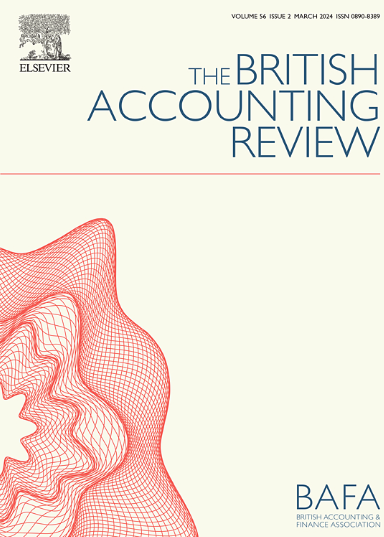提升信用风险模型
IF 9.4
3区 管理学
Q1 BUSINESS, FINANCE
引用次数: 0
摘要
在本文中,我们提出了各种建议,以提高信用风险模型的性能。它是基于二十多年来对该主题的研究和咨询。构建信用风险模型通常需要四个步骤:收集和预处理数据、对违约概率(PD)、违约损失(LGD)和违约风险敞口(EAD)进行建模、评估所构建的信用风险模型,然后是将其投入生产的部署步骤。在每一个步骤中,我们都给出了改进信用风险模型的建议。此外,我们还定义和审查模型风险,将其作为在流程的每个步骤中需要适当意识到的全面挑战。最后,我们提出了一个我们认为非常需要进一步调查和研究的主题的研究议程。本文章由计算机程序翻译,如有差异,请以英文原文为准。
Boosting credit risk models
In this article, we give various recommendations to boost the performance of credit risk models. It is based upon more than two decades of research and consulting on the topic. Building credit risk models typically entails four steps: gathering and preprocessing data, modelling of probability of default (PD), Loss Given Default (LGD) and Exposure at Default (EAD), evaluating the credit risk models built and then the deployment step to put them into production. We give recommendations to boost credit risk models during each of these steps. Furthermore, we also define and review model risk as an all-encompassing challenge one needs to be properly aware of during each step of the process. We conclude by presenting a research agenda of topics we believe are in high need for further investigation and study.
求助全文
通过发布文献求助,成功后即可免费获取论文全文。
去求助
来源期刊

British Accounting Review
BUSINESS, FINANCE-
CiteScore
8.60
自引率
3.90%
发文量
39
审稿时长
76 days
期刊介绍:
The British Accounting Review*is pleased to publish original scholarly papers across the whole spectrum of accounting and finance. The journal is eclectic and pluralistic and contributions are welcomed across a wide range of research methodologies (e.g. analytical, archival, experimental, survey and qualitative case methods) and topics (e.g. financial accounting, management accounting, finance and financial management, auditing, public sector accounting, social and environmental accounting; accounting education and accounting history), evidence from UK and non-UK sources are equally acceptable.
 求助内容:
求助内容: 应助结果提醒方式:
应助结果提醒方式:


